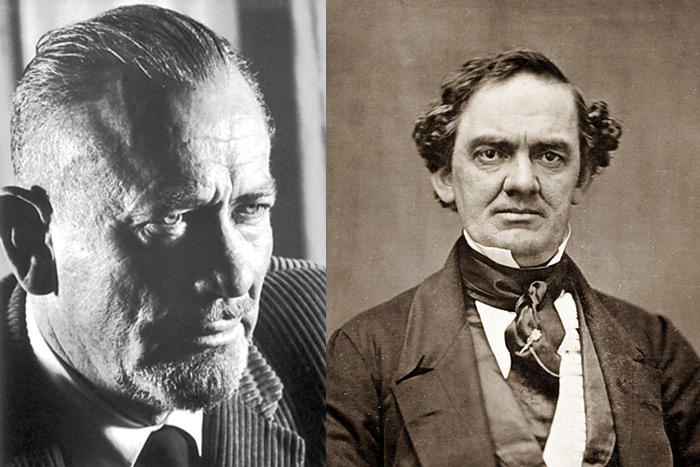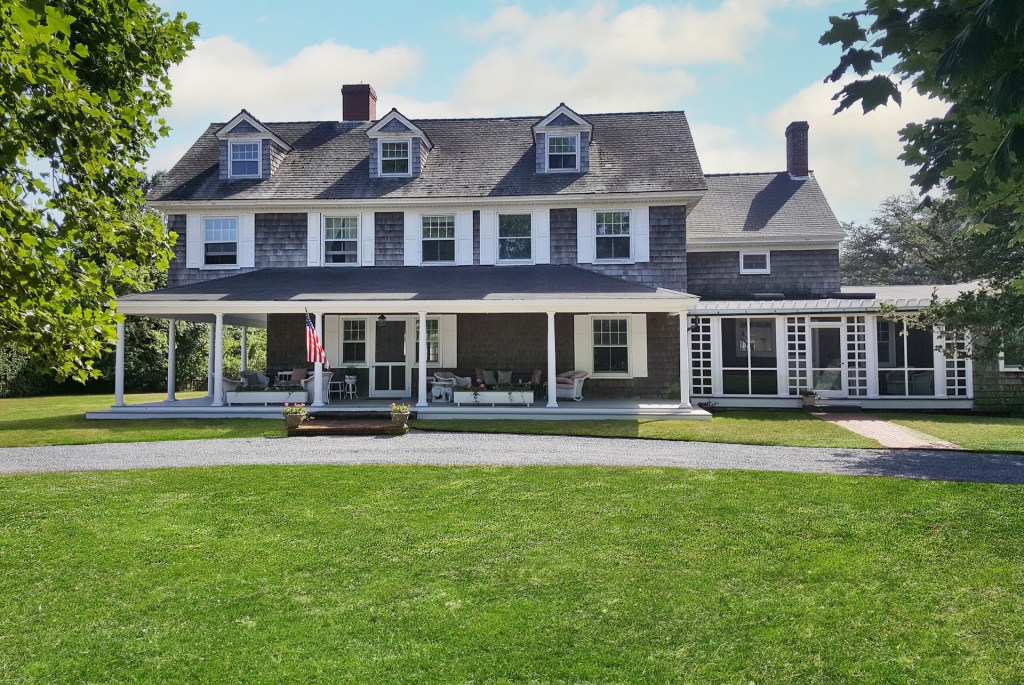Hamptons Town Icons: P.T. Barnum, Steinbeck, Carl Yastrzemski, but No Teddy Roosevelt

While the huge, red neon “Sag Harbor” sign is currently missing from downtown because of the big fire there, it has got me thinking about how important certain images and people are to a village. Sag Harbor honors John Steinbeck, Long Wharf, whaling and the big red Art Deco movie sign. We all miss it. It was saved from the fire, though, and will be put back up someday.
In my opinion, one of Montauk’s images is also currently missing. Montauk’s images are its lighthouse and President Teddy Roosevelt. A robust, athletic man devoted to fitness, patriotism and nature, Roosevelt spent a long-ago summer here on horseback with his band of Rough Riders. Today, it’s a summer vacation spot full of surfers, fishermen, golfers, tennis players, horsemen and windsurfers. Fittingly, Roosevelt had his name on Montauk’s 1,157-acre public park—it was the Theodore Roosevelt County Park. But then, in 2014, they removed his name. It’s now just the Suffolk County Park at Montauk. I don’t know why.
Westhampton Beach is famous for its experience of the huge Hurricane of 1938 and perhaps its most famous visitor, P.T. Barnum. East Hampton is a town of six old English wood shingled windmills and its founder, Lion Gardiner. Southampton honors wealthy old Cornelius Vanderbilt and a former slave, Pyrrhus Concer. And Bridgehampton celebrates its famous racecar heritage and baseball hall-of-famer Carl Yastrzemski.
Bridgehampton is also the home of the Killer Bees. That’s the name of the Bridgehampton High School basketball team that has won nine State championships in the last 38 years.
I wonder if the name Killer Bees will survive. We live in a politically correct age. This is an age when school mascot images—often drawings of vicious animals—are being torn up out of gymnasium floors to be replaced by drawings of more friendly animals. This is an age when we honor and protect endangered species.
Here is a school mascot—a stinging bee which has been declared an invasive species and which can also cause blindness and death to children if stung but which dies in the process of stinging—a poster bee for at least three politically correct action groups.
But the team keeps WINNING! And that’s everything.
I recently read that the University of Oregon voted to prevent any building at that school from either being named or re-named in politically incorrect ways.
“[People who have expressed] discriminatory, racist, homophobic or misogynist views that actively promoted systematic oppression” or “failed to take redemptive action [shall not have their names affixed to buildings]” the Oregon guidelines now read.
“There’s a real risk that would catch up anyone alive before 1950,” said John Fabian Witt, a historian at Yale, who is on a committee considering the erasure of long-ago Senator John C. Calhoun’s name from any school, building or sidewalk at Yale. Calhoun graduated Yale in 1804 and was an ardent supporter of slavery. And of course, he owned slaves himself. One of the colleges at Yale is called Calhoun College in his honor. For the moment, anyway.
The material above I read in an article in The New York Times about Yale’s recent efforts in that regard.
“Change the Name—and Quickly” headlined the Yale Daily News when the controversy about Calhoun’s name and the college there was brought to the attention of the administration.
The administration, however, announced it would study the matter, and they continue to study it. Last year they formed a committee. Historians are on it, faculty is on it. A preliminary report was issued last month, not about Calhoun yet, but about policy.
We mustn’t behave in an “Orwellian” way, the report says. History must not be altered. Those presenting a name must present a dossier of the person’s life and explain why the good outweighs the bad.
They’ll be studying this for years.
Damn those liberals. They just study everything to death and do nothing. Oops. I shouldn’t have written that.
Well, Teddy Roosevelt was not a slaveholder. But he did kill endangered animals on safari in Africa. It’s up to Montauk.



